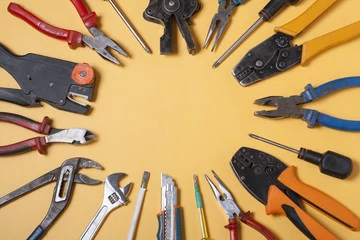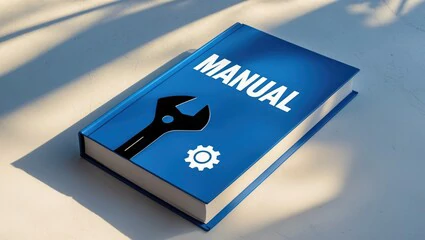Motorcycle Lithium Battery Conversion Tips
main content
For motorcycle enthusiasts pursuing lithium battery conversions, balancing performance gains with technical precision is critical. While lithium batteries offer advantages like weight reduction and extended lifespans, improper installation or component mismatches can compromise safety and functionality. Below, we outline essential considerations for achieving reliable, high-performance lithium conversions in custom builds.
1. Verify Electrical System Compatibility
Lithium batteries operate at higher voltages and require stable charging systems. Before conversion, ensure your motorcycle’s stator, regulator/rectifier, and wiring can handle lithium’s unique charging profile. AGM-compatible charging systems often need adjustments, as lithium batteries demand precise voltage control to avoid overcharging or cell damage. For bikes with aftermarket accessories like high-wattage audio systems, confirm that the battery’s discharge rate aligns with accessory loads to prevent premature failure.
2. Prioritize Battery Management Systems (BMS)
A robust BMS is non-negotiable for lithium conversions. This system monitors cell balance, temperature, and voltage thresholds, preventing over-discharge during extended rides or cold starts. Opt for batteries with integrated BMS modules, as third-party add-ons may lack compatibility with your bike’s electronics. Additionally, avoid placing the battery near heat sources like exhaust systems, as extreme temperatures can degrade lithium cells despite their broader operational range.
3. Optimize Mounting and Orientation
Lithium batteries’ compact size allows flexible placement, but secure mounting is vital to withstand vibrations. Use vibration-dampening brackets or foam spacers, especially for off-road or high-performance builds. Unlike lead-acid batteries, lithium units can be installed in any orientation, but ensure terminals remain accessible and insulated from accidental contact with metal parts. Always disconnect the negative terminal first during installation to minimize short-circuit risks.
4. Select the Right Charging Equipment
Standard lead-acid chargers can damage lithium batteries. Invest in a lithium-specific charger with adjustable profiles to match your battery’s chemistry (e.g., LiFePO4). Fast-charging capabilities are a plus, but avoid exceeding the manufacturer’s recommended charge rates. For long-term storage, enable the battery’s “storage mode” or use a maintainer to keep charge levels between 30-60%, preventing capacity loss during inactivity.
5. Address Cold-Weather Performance Limitations
Lithium batteries excel in moderate climates but struggle in sub-freezing temperatures. In cold regions, consider AGM batteries for winter riding or install a heating blanket designed for lithium cells. Always pre-warm the battery using a tender before cold starts, as sudden current draws in low temperatures can trigger voltage drops and ignition failures.
Conclusion
Motorcycle lithium battery conversions offer transformative benefits but demand meticulous planning. By prioritizing compatibility, safety systems, and proper maintenance, enthusiasts can unlock lithium’s full potential while avoiding common pitfalls. Whether upgrading a vintage cruiser or a modern sport bike, these guidelines ensure your custom build remains reliable, efficient, and ready for the road.

START-STOP LITHIUM battery
Enov start-stop battery is designed to provide excellent performance for high-demand start-stop vaehicles. It adopts the third-generation intelligent lithium platform architecture to achieve technological breakthroughs in core indicators such as cycle life, environmental adaptability and energy density. Compared with the traditional lead-acid battery system, the energy efficiency is increased by 210%, the cycle life is extended by 8-10 times, and the monthly self-discharge rate is controlled within 3%. Enov's unique low-temperature battery technology makes a breakthrough in achieving stable output in the whole climate domain from -30℃ to 65℃, maintaining more than 90% of the effective capacity release under extremely cold conditions (-30℃), and maintaining 90% of the capacity in high temperature environments (65℃).
The start-stop battery series products cover the mainstream voltage platform of 12V/24V/48V, and support flexible configuration of LFP (lithium iron phosphate) and NCM (lithium nickel cobalt manganese oxide) dual-material system. All models adopt modular design to support customization of different model specifications. Enuo engineering and technical team to provide full cycle technical service support, if you need, please contact us.
Other products
UAV BATTERY
LITHIUM ENERGY STORAGE BATTERY
QUICK INQUIRY
FAQ
Access to high frequency technical questions with one click, get accurate answers on product application, after-sales policy and customization process.
Service and Support
Get the latest product specifications, explore professional OEM/ODM customization services, click to open exclusive technical support and production solutions.
Become a Partner
We sincerely invite resources to interconnect, work together for win-win development, and immediately open a new chapter of strategic cooperation!




